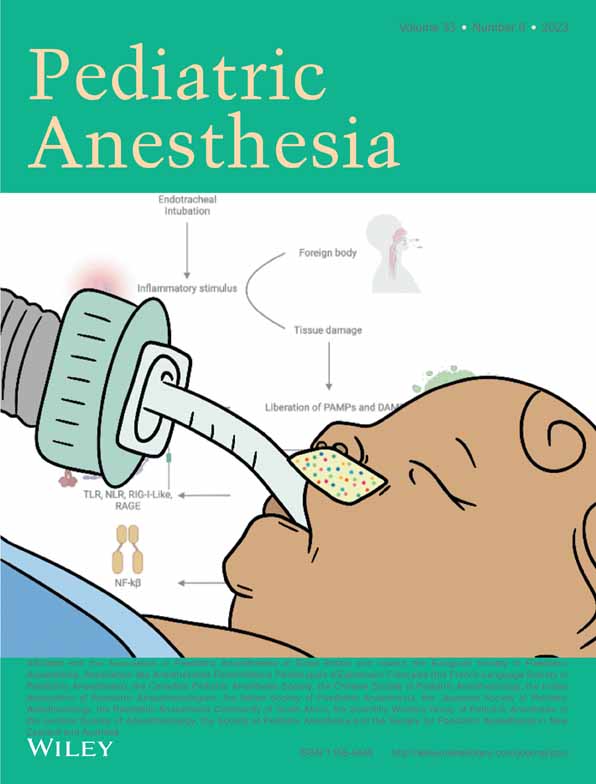Comparison of Ambu AuraGain and BlockBuster laryngeal mask for controlled ventilation in children undergoing minor surgical procedures under general anesthesia: A prospective randomized controlled study
Section Editor: Clyde Matava
Abstract
Background
Ambu AuraGain has proven to be better compared with other supraglottic airway devices in terms of higher first-attempt insertion success rate, time and ease of insertion, high oropharyngeal leak pressure, and fewer complications in children. The performance of the BlockBuster laryngeal mask has not been evaluated in children.
Aims
The primary objective of this study was to compare the oropharyngeal leak pressure of the BlockBuster laryngeal mask with those of the Ambu AuraGain during controlled ventilation in children.
Methods
Fifty children aged 6 months to 12 years with normal airways were randomized into group A (Ambu AuraGain) and group B (BlockBuster laryngeal mask). After administration of general anesthesia, an appropriate size supraglottic airway (size 1.5/2.0/2.5) was inserted according to the groups. Oropharyngeal leak pressure, success and ease of supraglottic airway insertion, gastric tube insertion, and ventilatory parameters were noted. The glottic view was graded by fiberoptic bronchoscopy.
Results
Demographic parameters were comparable. The mean oropharyngeal leak pressure in the BlockBuster group (24.72 ± 6.81 cm H2O) was significantly higher than Ambu AuraGain group (17.20 ± 4.28 cm H2O) by 7.52 cm H2O (95% CI 4.27 to 10.76; p = 0.001). The mean time for supraglottic airway insertion in the BlockBuster and Ambu AuraGain group was 12.04 ± 2.55 s and 13.64 ± 2.76 s, respectively (mean difference- 1.6 s, 95% CI 0.09–3.12; p = 0.04). Ventilatory parameters, first-attempt supraglottic airway insertion success rate, and ease of gastric tube insertion were comparable between the groups. The BlockBuster group showed easy supraglottic airway insertion compared with the Ambu AuraGain group. The BlockBuster group had better glottic views with only the larynx seen in 23 out of 25 children compared to the Ambu AuraGain with only the larynx seen in 19 out of 25 children. No complication was noted in either group.
Conclusions
We found that the BlockBuster laryngeal mask has higher oropharyngeal leak pressure compared with Ambu AuraGain in a pediatric population.
Open Research
DATA AVAILABILITY STATEMENT
Data are available upon reasonable request from authors.




